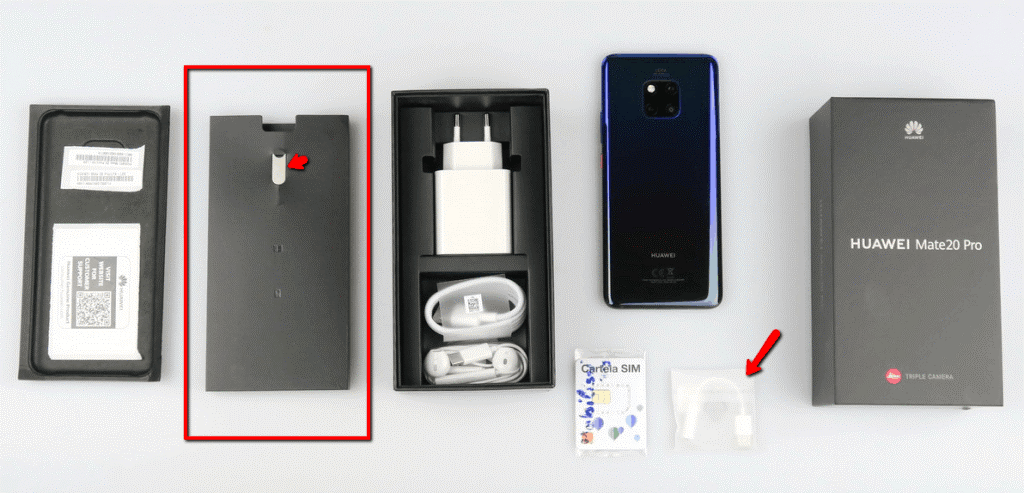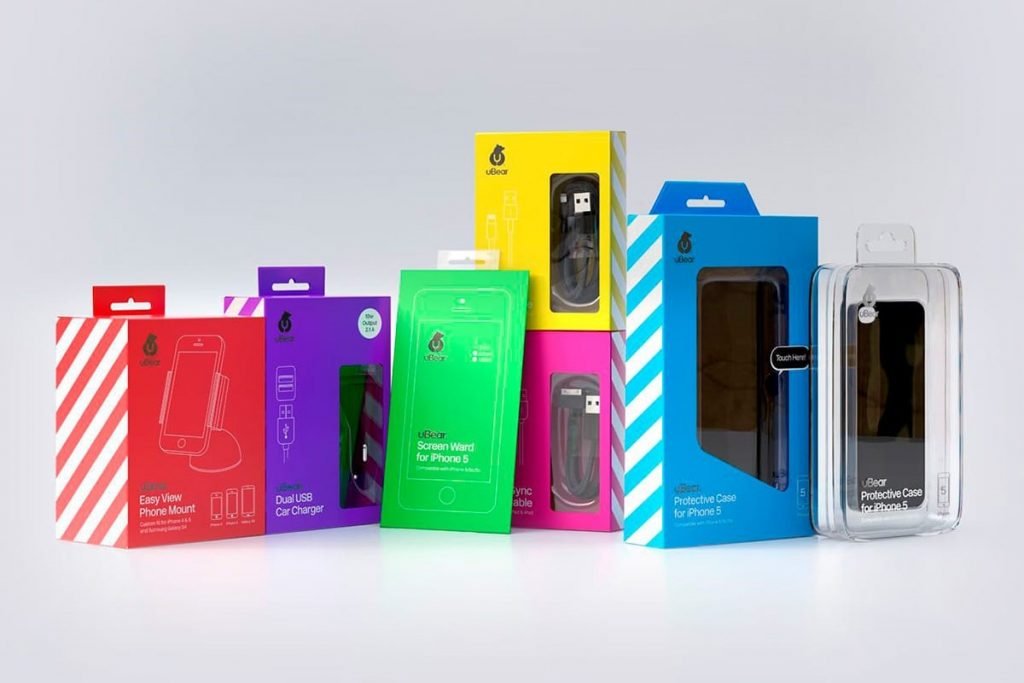
The field of electronics packaging is one of the fastest-growing areas of the design industry, and its challenges are extensive. Aside from ensuring that the product remains safe, it must also perform well in terms of mechanical, thermal, and electrical performance. It is essential to consider the needs of biomedical devices and micro-scale energy systems in designing and manufacturing the packaging. RoHS regulations and heat dissipation are other challenges that must be overcome when creating packaging for electronic products.

When designing electronic packaging, fundamental material characteristics must be taken into account. These characteristics include dielectric constant, electrostatic discharge, thermal conductivity, glass transition temperature, strength, time-dependent deformation, fracture toughness, and more. These properties are necessary for a safe and effective electronic packaging process. The most common methods of electronic packaging are wirebonding, solder interconnects, flip chip underfill, overmolding, and Pb-free packages.
Complexity of electronics packaging
The complexity of Electronics Packaging requires advanced engineering skills and expertise. The wide variety of materials and designs available can conflict with one another, so careful consideration should be given to the compatibility between different types of packaging. The process of designing electronics requires several revisions, and it is best to use an experienced designer for this task. As with any design project, the final product must be tested several times before it is considered ready for mass production. If it’s not, you may have to do it again.
There are different levels of electronic packaging. The final goal is to protect the electronic mix or system. Whether the package is made of plastic or glass, it must comply with the required levels. The requirements of these standards determine the quality of the final product. A good designer should consider the materials and design of the packaging. This will ensure the product is safe and secure. It’s important to have a rational cost-to-value ratio, so your design will meet these requirements.
Types of materials
Consumer electronics packaging can be made from different types of materials. Foam is a great option, as it offers low-cost packaging. Thermoformed plastic is the most durable material, and will withstand the rigors of the shipping process. It can protect fragile electronics and prevent them from being damaged. It will also increase the brand image of your brand. Despite its many advantages, foam is not the only material used in electronics packaging.
The types of electronic packaging are vast. From consumer electronics to automotive electronics, electronic packaging has become the largest industry. The luxury product sector has a long-standing tradition in luxury packaging. While the consumer electronics industry has been growing steadily for years, the market for industrial power electronics is booming. This type of packaging is not a luxury product and is an essential element of many industries. But as a result, it is a high-demand industry that is constantly evolving.

In terms of regional markets, South Asia is the most lucrative region for industrial electronics packaging. This region is primarily driven by emerging economies such as China, which is rapidly catching up in the consumer electronics market. In addition, East Asia is a huge market for electronic components and packaging. Japan is the leader in the region, accounting for more than 50% of the total market. In addition, China is another rapidly-growing region for electronics manufacturing.
Depending on consumer industry grows
As a consumer electronics industry grows, the market for electronic packaging is also expanding. The global Internet of Things (IoT) market is increasing due to the increasing use of technology. This trend is driving the demand for all-weather packaging as fragile electronic devices are placed on IoT networks. These factors make it critical for the industry to develop an appropriate electronic packaging solution. With the rise of consumer electronics, the need for all-weather packaging is growing rapidly.
The electronics packaging market is highly fragmented, with significant segments spanning healthcare equipment, consumer electronics, aerospace and defense, and communications. Increasing use of microsystems has made semiconductors an essential component of machines and products, and this includes electronics and their packaging. The automotive sector is the largest segment of the industry, and the automotive industry is the most important application for microsystems. Further, the market is characterized by a large amount of sensors.

Understanding Electronics Packaging
Understanding Electronics Packaging is an essential consideration when designing new products, including computers, mobile phones, and appliances. The complexity of this market is staggering, so failing to understand it can prove to be an expensive oversight. These devices and parts are transported by manufacturers, suppliers, and subcontractors. This can affect the reliability and functionality of your products. Below, you will discover some of the most important aspects of electronic packaging. Let us look at the different levels of packaging and their implications.
As the most complex form of packaging, electronics packaging requires a high degree of engineering and specialized skill sets. A range of options can conflict with each other, and should be consistent with your manufacturing capabilities and traditional packaging design methods. Once you’ve made a decision on a basic design, you’ll need to make multiple revisions to accommodate changes in the product’s functionality. Throughout this process, your design will be revised and updated several times.






